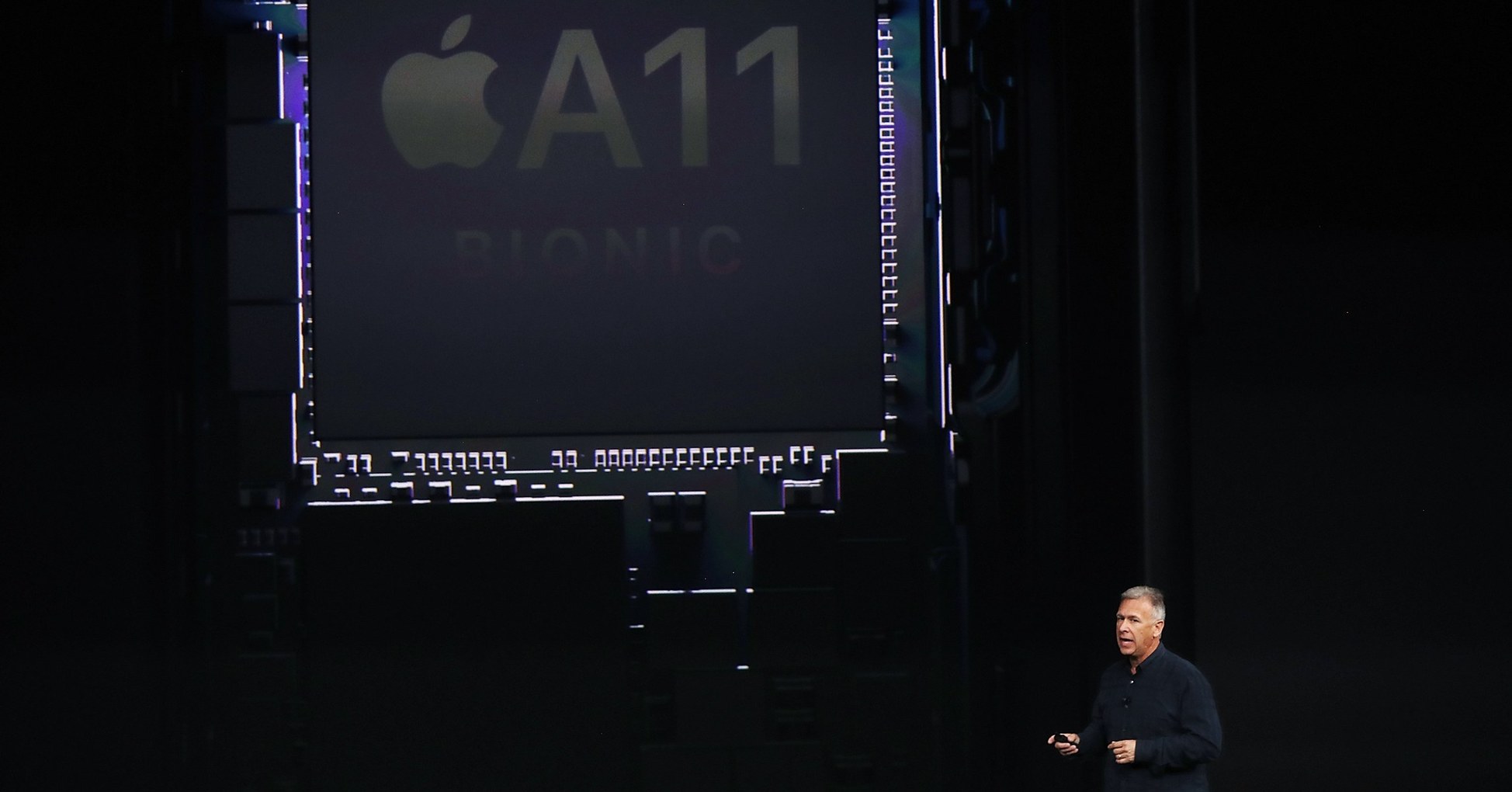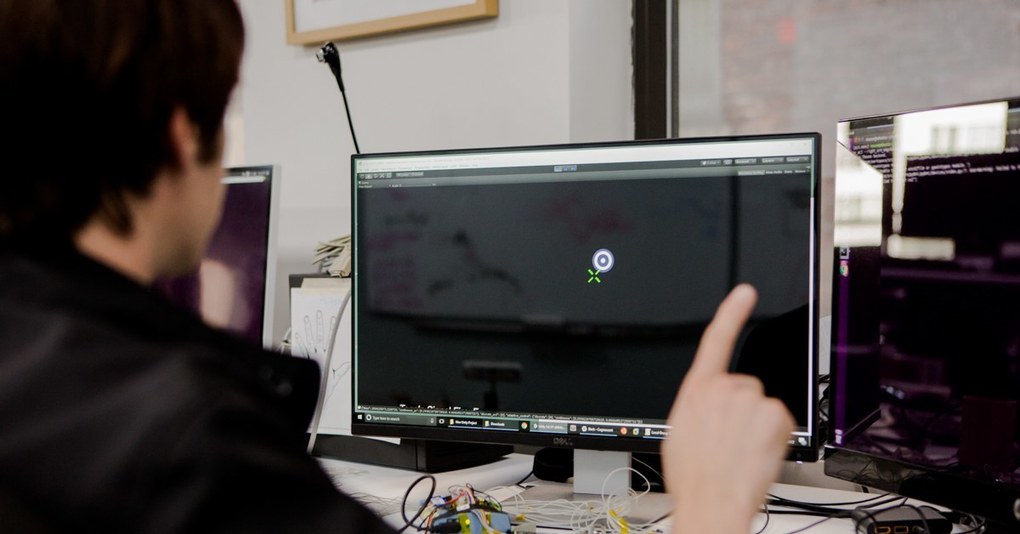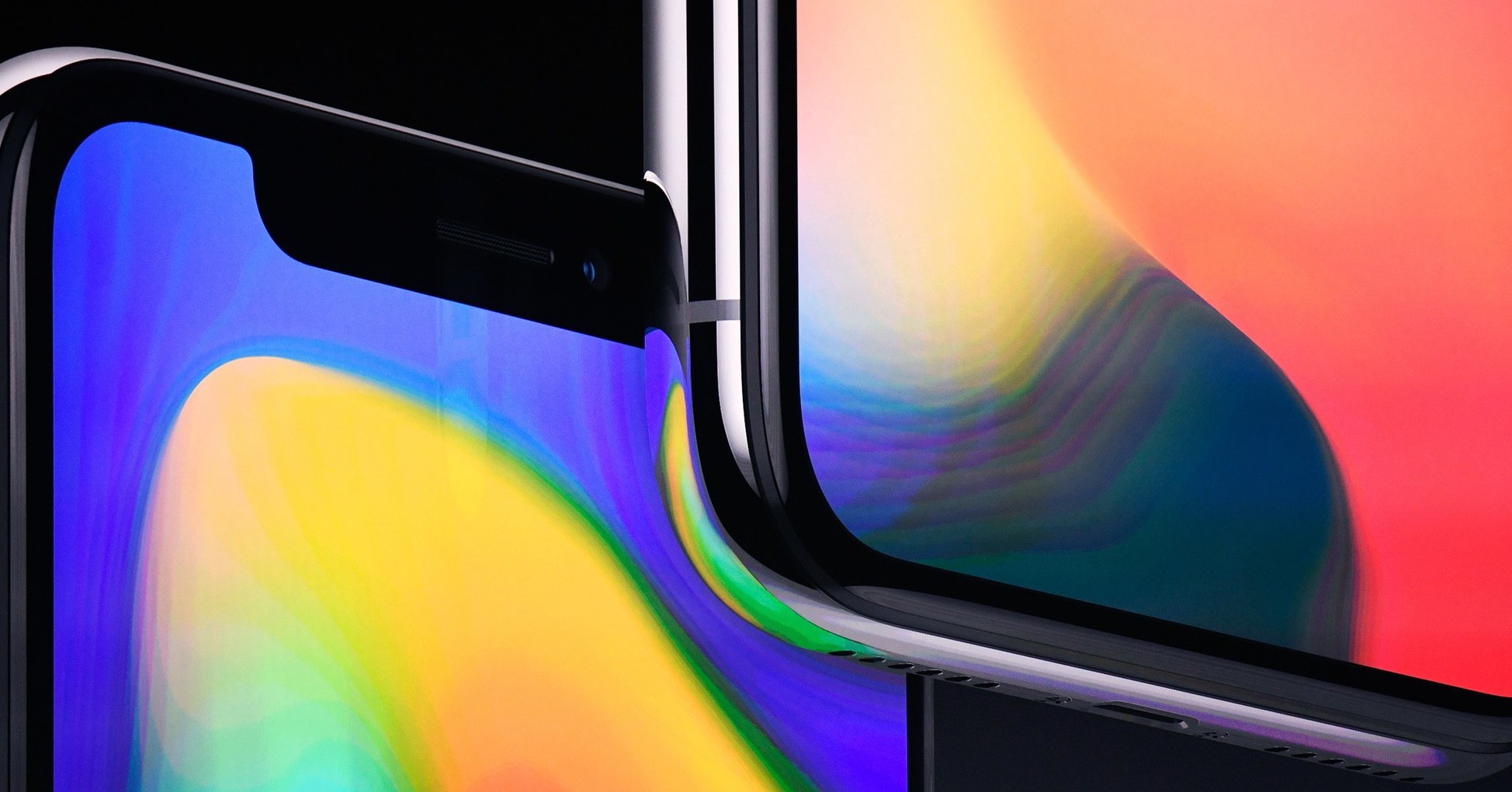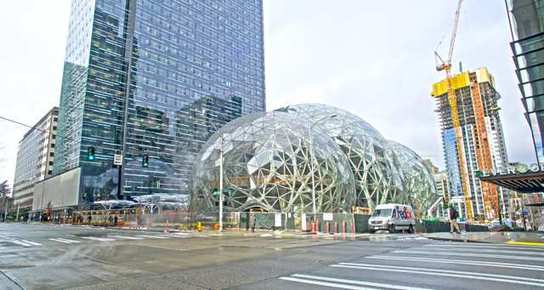Apple’s ‘Neural Engine’ Infuses the iPhone With AI Smarts
Apple could nourish a powerful engine of the iPhone’s success by allowing third party developers to tap into the neural engine inside its new phone. Convincing programmers and companies to spend time and money bringing new features and functions to the iPhone has been an efficient way for Apple to drive sales of its most important product. In June, Apple announced new tools to help developers run machine-learning algorithms inside apps, including a new standard for neural networks called CoreML. Moorhead says it would be logical to connect that with the new AI hardware in the iPhone X. “I see a direct link between CoreML and the neural engine,” he says. Longer term, mobile hardware that can run machine learning software efficiently without will be important to the future of autonomous vehicles and wearable augmented-reality glasses—ideas Apple has recently signaled interest in.










